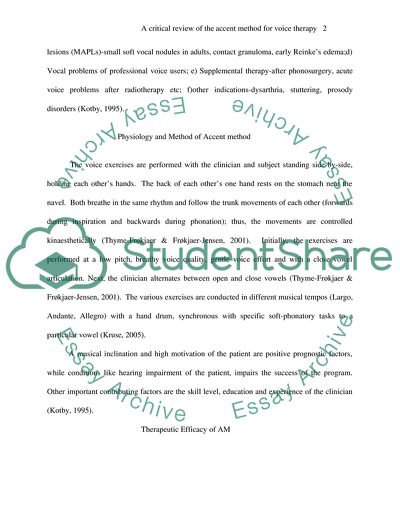Cite this document
(Accent Method for Voice Therapy Literature review, n.d.)
Accent Method for Voice Therapy Literature review. Retrieved from https://studentshare.org/medical-science/1707821-a-critical-review-of-the-accent-method-for-voice-therapy
Accent Method for Voice Therapy Literature review. Retrieved from https://studentshare.org/medical-science/1707821-a-critical-review-of-the-accent-method-for-voice-therapy
(Accent Method for Voice Therapy Literature Review)
Accent Method for Voice Therapy Literature Review. https://studentshare.org/medical-science/1707821-a-critical-review-of-the-accent-method-for-voice-therapy.
Accent Method for Voice Therapy Literature Review. https://studentshare.org/medical-science/1707821-a-critical-review-of-the-accent-method-for-voice-therapy.
“Accent Method for Voice Therapy Literature Review”. https://studentshare.org/medical-science/1707821-a-critical-review-of-the-accent-method-for-voice-therapy.


